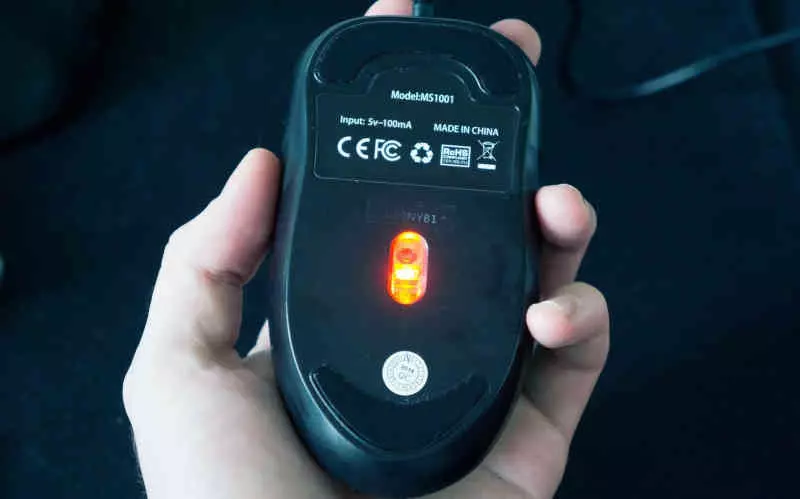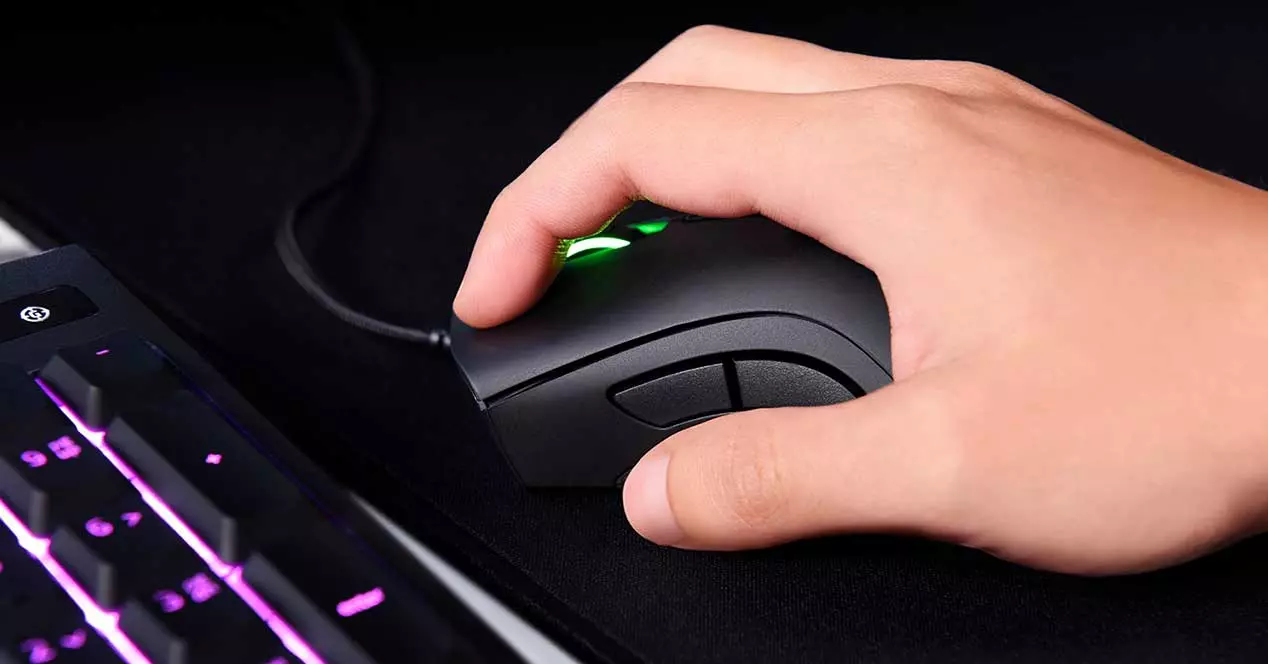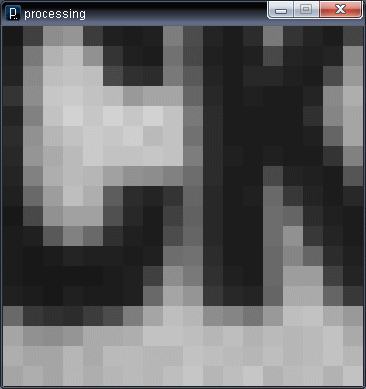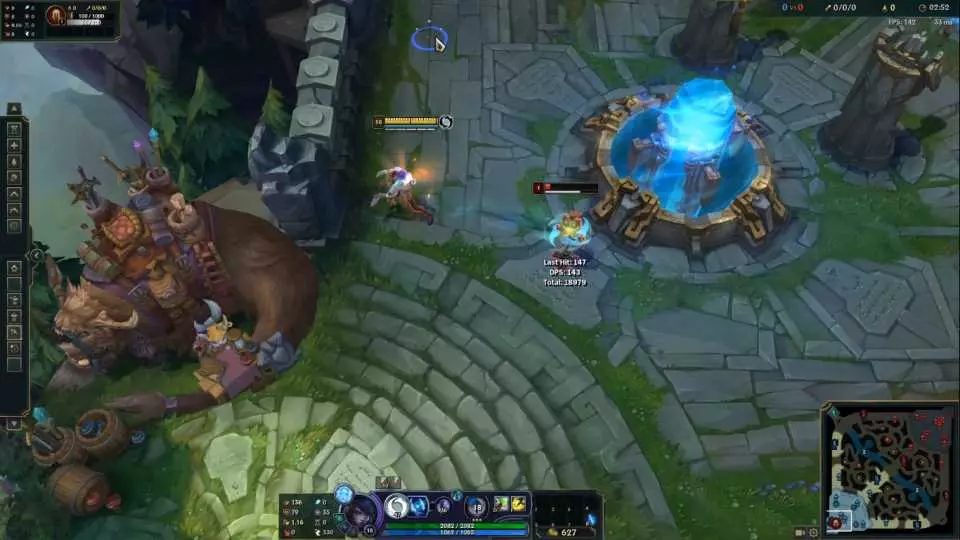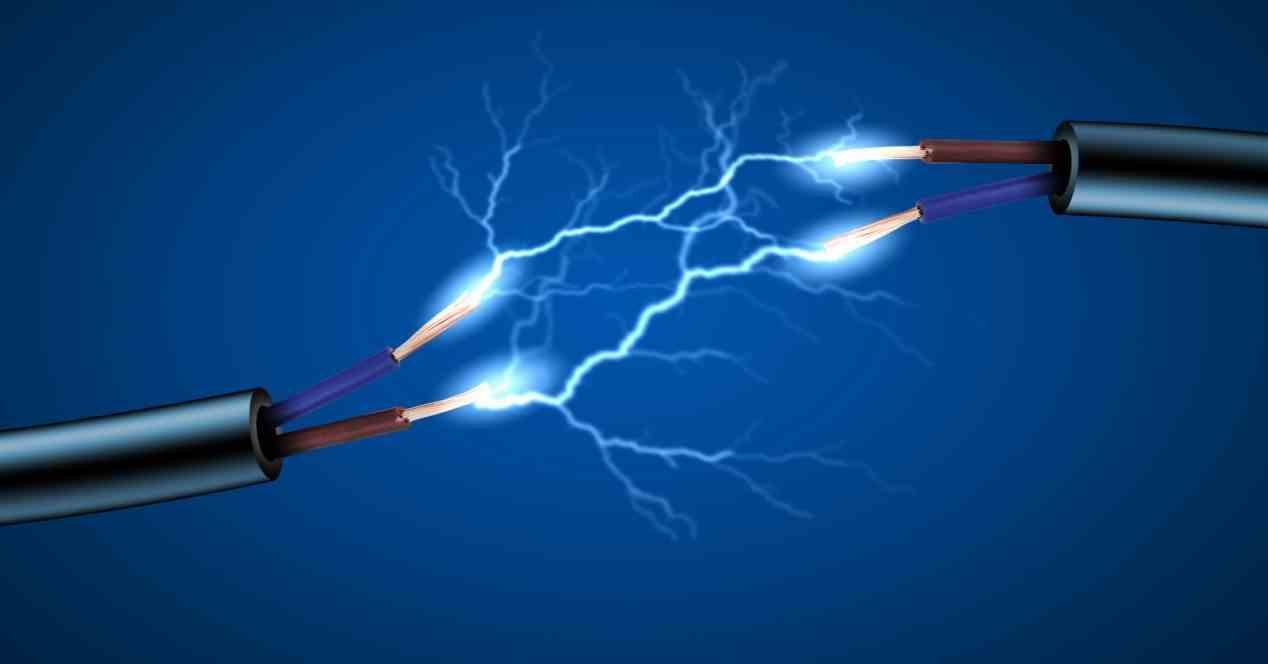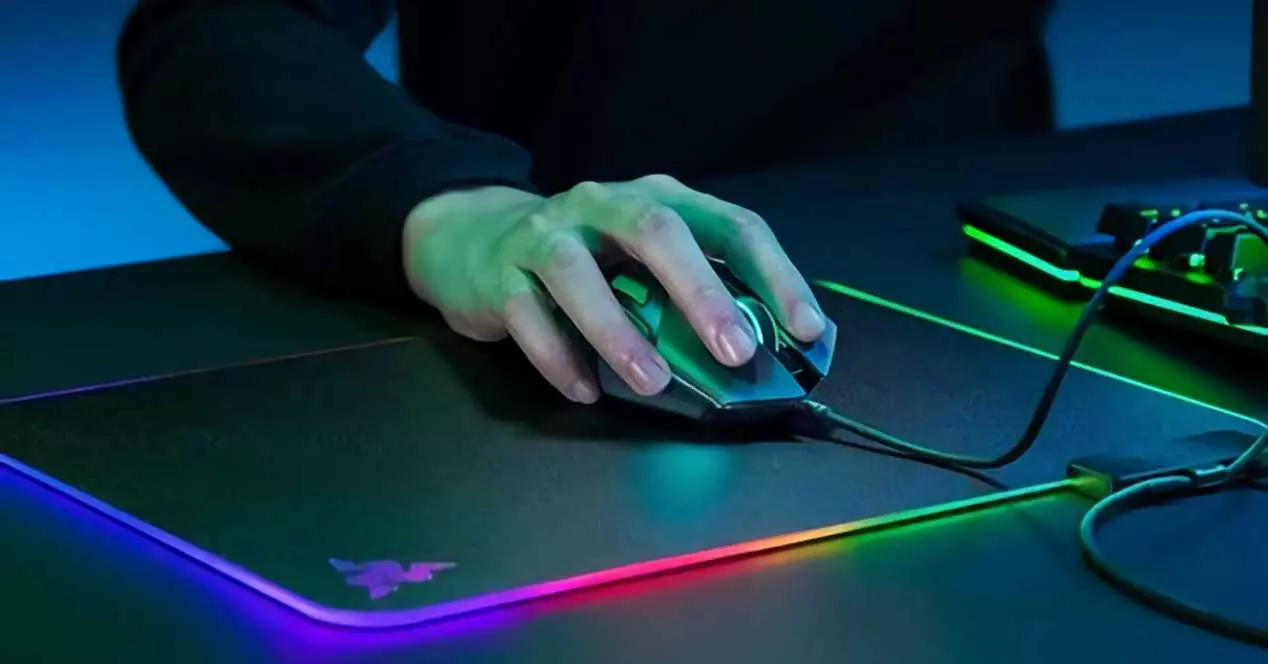
Gone are those years when those wooden ball mice were used that we had to disassemble every few minutes to clean them and whose accuracy was more than doubtful. And it is that the arrival of the optical mice completely changed the landscape, but at the same time introduced a new technical feature: DPI. which at a glance measure the level of precision mouse. However, this is not 100% the case and this figure is rather related to the way in which a contemporary pointer works. Although also with the level of performance that we can expect from it depending on the different applications and games that we are going to use.
What is DPI and what does it mean in the specifications of a mouse?
The acronym DPI are an English acronym that mean dot per inch, translated in Spanish as points per inch, so it is a density rate. Now, this alone tells us nothing. We must start, therefore, from the fact that we move our mouse over a surface and that an inch is precisely a measure of distance. So we have to know what we mean by the concept of points.
You will have noticed that your optical mouse always have one led light. Well, the reason it’s there is because internally your mouse has what we call a camera. Which is recording the surface on which it moves and because its own body covers the necessary light for said camera to record, then said light is necessary.
On the other hand, the camera used is not designed to obtain a color image, but works with a gray scale and with a very wide refresh rate. That is, it can take up to 1000 images per second in some cases. Which it stores in its microcontroller to be able to interpret the movement of the pointer. That is, in a 1000 Hz mouse the PC will receive 1000 times the position change in one second, which will allow the computer to make a 1:1 correlation of the movement of our hand with the mouse and the point of the same that is seen onscreen.
Are points the same as pixels?
If we look at a screen and count the different colored dots, then we can say that each dot is a pixel, but this does not happen with cameras, since the same image captured by a sensor can be converted into an image with more or fewer pixels. You will have observed this when taking a photo with your mobile and when saving it in the storage it asks you what size you want to store it. In all cases the image is the same, but the resolution, which is the number of pixels, is different.
When we speak of IPR we refer to a measure come from the printing world, where we are talking about the number of ink dots per inch. And believe us, if we were to digitize an image from an analog photo taken by an old fashioned film camera and make each of the ink dots a pixel in its digital version, then the resolution would in many cases be an order of magnitude relative to its resolution. digital counterparts. Of course, in a mouse we should talk about PPI or pixels per inch, so this is really a misuse of the acronym. That is to say that while points and pixels are different, in the context of optical mice if we talk about DPI and PPI we would be talking about the same thing and they are interchangeable terms.
What does a mouse use the DPI value for?
In the case of optical mice, it is very important to sensor quality, since the camera used is very rudimentary, however. It is the sensor that is responsible for taking this information to perform the relevant calculations. Which are done in a transparent way even to the PC, which only expects to know where the mouse is at all times.
Inside the mouse there is a microcontroller, this is a very small processor that recursively always executes the same program on the information that comes from the camera in the mouse. Well, when the camera mouse records the surface over which it moves number each pixel or point within the mesh. In such a way that you can know with a simple derivative of speed how much a point has moved from one image to another according to the period of time. That is, it allows you to know the speed at which we move the mouse over the surface, and, therefore, we can calculate the speed at which we move the pointer.
The only difference is that when we talk about a higher number of DPI, then, the number of points to compare is greater and with it, gain in precision when calculating speed. And it is that to represent the movement of any body it is not enough to know its position in origin and destination, but how said displacement in time has been produced and, therefore, its speed. Obviously, this information is unnecessary, since once the entire process inside our mouse is finished, it translates into sending the necessary information to the CPU.
How does the amount of DPI affect the performance of applications?
With all the operation explained and once you know what DPI is used for in a mouse, we are left with the key question: how much more better? And the answer to it depends on the application and the number of profiles supported by the pointer. Since there will be applications where a specific speed will be the one with which the best control will be achieved, especially in video games where you will have to adjust the value until you find the one with which you are most comfortable when controlling your favorite game.
In this case we have to take into account the eDPI concept, which means “effective dots per inch” and is achieved by multiplying the DPI of the mouse by the sensitivity that we have adjusted in the game itself. Which allows us to fully understand the sensitivity with which we are actually playing the game. For example, if we have player A with a DPI of 1200 and sensitivity 4 then his eDPI will be 4800 and therefore the same as player B with a mouse of 800 DPI and sensitivity 6. So both they will end up having the same precision when playing the same game.
